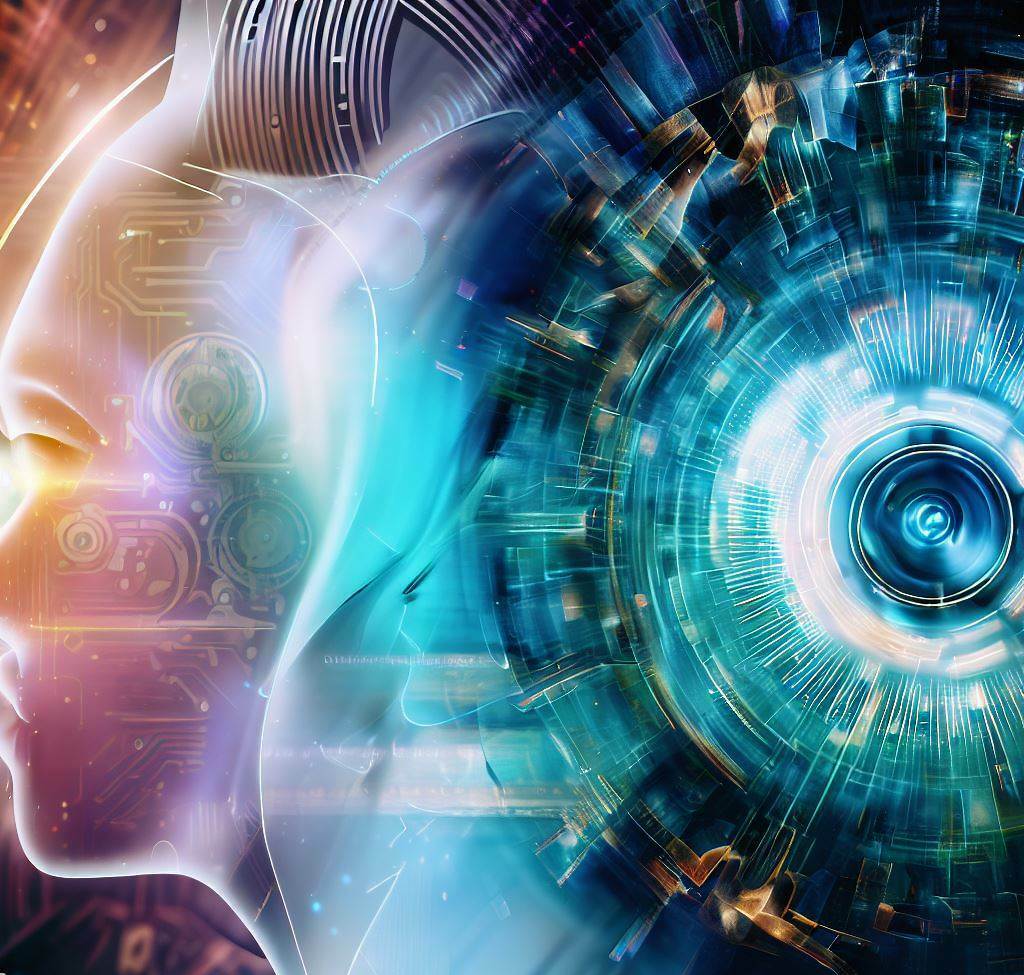Artificial intelligence (AI) and machine learning (ML) are rapidly changing the software development landscape. These technologies are being used to automate tasks, improve efficiency, and create new features. In this blog post, we will discuss how AI and ML are being used in software development, and we will provide some examples of how these technologies are benefiting businesses.
Here are some specific examples of how AI and ML are being used in software development:
Testing
AI and ML are being used to automate testing. This can free up developers to focus on more creative and strategic tasks. For example, Google's AI Test Kitchen uses AI to generate test cases for its search engine. This has allowed Google to improve the quality of its search results by finding and fixing bugs more quickly.
Code generation
AI and ML are being used to generate code. This can help to speed up the development process and reduce errors. For example, GitHub Copilot is a tool that uses AI to generate code from natural language descriptions. This can be helpful for developers who are not familiar with a particular programming language or who need to quickly prototype a new feature.
Bug fixing
AI and ML are being used to fix bugs. This can help to improve the quality of software. For example, Facebook's AI bug fixer uses ML to identify potential bugs in its code. This has allowed Facebook to find and fix bugs more quickly, which has improved the stability of its products.
Optimization
AI and ML are being used to optimize the software development process. This can help to reduce the time and cost of development. For example, Amazon's AI-powered continuous delivery system uses ML to automatically deploy code changes to production. This has allowed Amazon to deploy code changes more frequently and reliably, which has improved the speed and agility of its development teams.

Feature creation
AI and ML are being used to create new features. For example, Netflix uses AI to recommend movies and TV shows to its users. This has helped Netflix to improve its user engagement and retention.
Overall, AI and ML are having a significant impact on software development. AI and ML are being used to automate tasks, improve efficiency, and create new features. As AI and ML continue to develop, they will have an even greater impact on software development. Here are some additional benefits of using AI and ML in software development:
- Increased productivity: AI and ML can help developers to be more productive by automating tasks and improving efficiency. For example, a study by McKinsey found that AI could automate up to 40% of tasks in the software development process.
- Improved quality: AI and ML can help to improve the quality of software by finding and fixing bugs. For example, a study by Google found that AI could find up to 70% of bugs in code.
- New features: AI and ML can help to create new features that would not be possible without AI. For example, self-driving cars and virtual assistants are both made possible by AI.
- Reduced costs: AI and ML can help to reduce the costs of software development by automating tasks and improving efficiency. For example, a study by Gartner found that AI could reduce the cost of software development by up to 30%.
The rapid advancement of AI and ML technologies is revolutionizing the field of software development. These technologies have a profound impact on automating tasks, improving efficiency, and creating innovative features. From automating testing processes to generating code and fixing bugs, AI and ML play crucial roles in various aspects of software development. For instance, Google's AI Test Kitchen utilizes AI to generate test cases, allowing for quicker bug identification and resolution, leading to improved search engine quality. Similarly, GitHub Copilot leverages AI to generate code based on natural language descriptions, aiding developers in accelerating the development process and reducing errors.
AI and ML also contribute to optimizing the software development process itself. Amazon's AI-powered continuous delivery system employs ML to automate code deployment, enabling more frequent and reliable updates, ultimately enhancing the agility of development teams. Furthermore, AI and ML contribute to feature creation, as seen in Netflix's AI-driven recommendation system, which enhances user engagement and retention. The benefits of incorporating AI and ML into software development extend beyond these specific use cases. They lead to increased productivity by automating tasks and improving efficiency, as evidenced by studies indicating that AI can automate a significant portion of software development tasks. Moreover, AI and ML contribute to improved software quality, with studies showing their potential to identify a substantial percentage of bugs in code. Additionally, AI enables the creation of entirely new features that were previously unimaginable, such as self-driving cars and virtual assistants. Lastly, the integration of AI and ML can reduce costs in software development, offering the potential for significant savings.
In summary, AI and ML have become powerful tools that empower software developers to enhance productivity, create higher-quality software, and reduce costs. As these technologies continue to advance, their impact on software development will undoubtedly grow, opening up new possibilities and transforming the industry. Embracing AI and ML will be key for organizations and developers seeking to stay at the forefront of innovation in the software development landscape.
